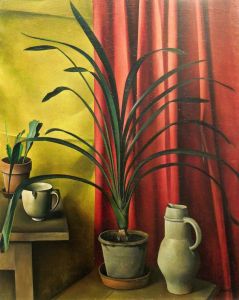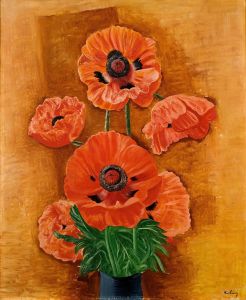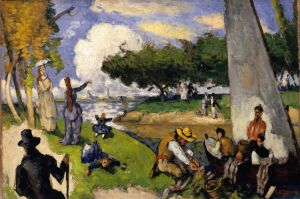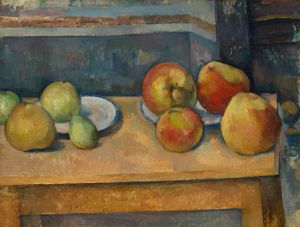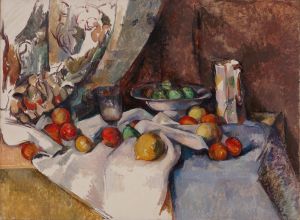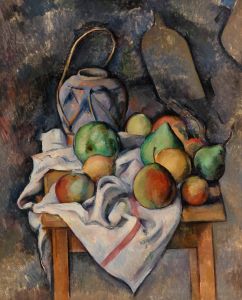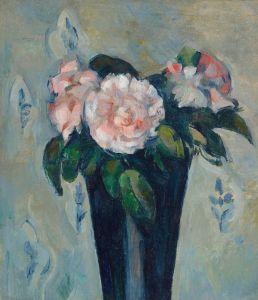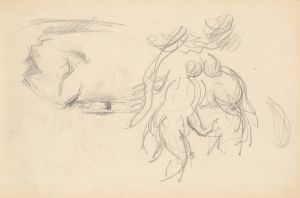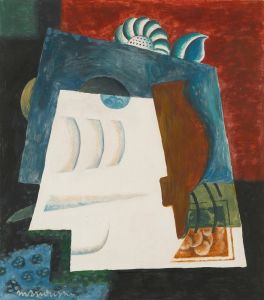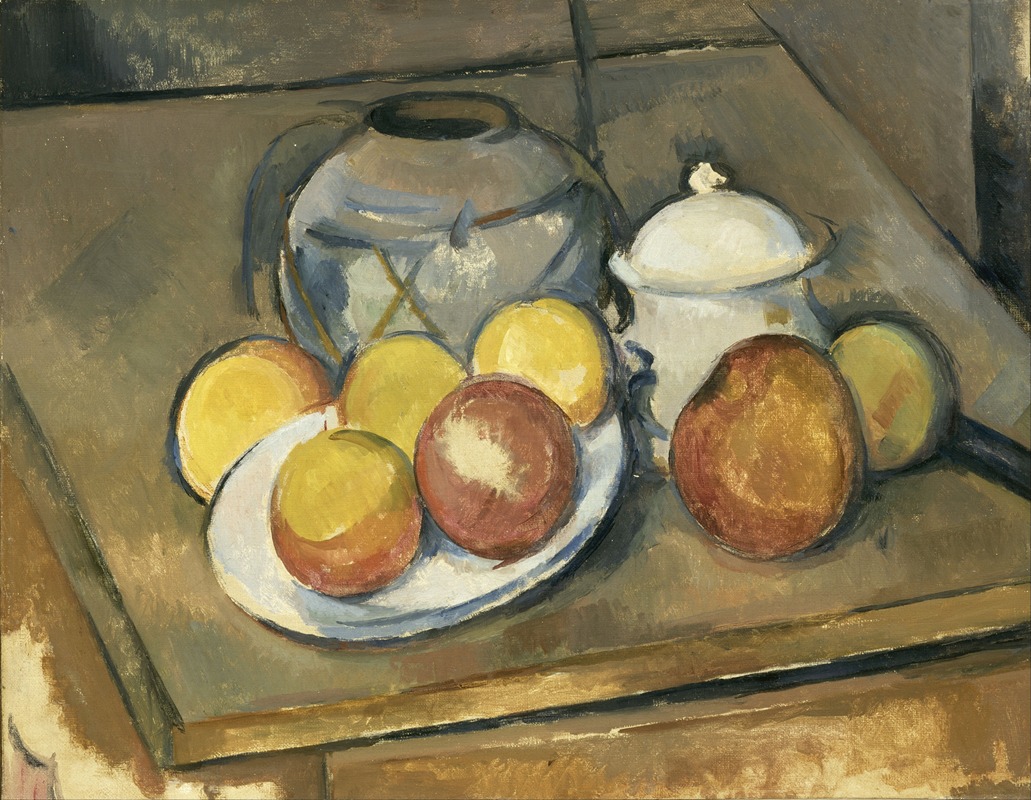
Straw-Trimmed Vase, Sugar Bowl and Apples
A hand-painted replica of Paul Cézanne’s masterpiece Straw-Trimmed Vase, Sugar Bowl and Apples, meticulously crafted by professional artists to capture the true essence of the original. Each piece is created with museum-quality canvas and rare mineral pigments, carefully painted by experienced artists with delicate brushstrokes and rich, layered colors to perfectly recreate the texture of the original artwork. Unlike machine-printed reproductions, this hand-painted version brings the painting to life, infused with the artist’s emotions and skill in every stroke. Whether for personal collection or home decoration, it instantly elevates the artistic atmosphere of any space.
"Straw-Trimmed Vase, Sugar Bowl and Apples" is a still life painting by the renowned French artist Paul Cézanne. Created around 1890-1893, this work exemplifies Cézanne's innovative approach to composition, color, and form, which significantly influenced the development of modern art.
Paul Cézanne (1839-1906) was a pivotal figure in the transition from 19th-century artistic concepts to a radically different world of art in the 20th century. Often referred to as the "father of modern art," Cézanne's work laid the foundation for the aesthetic principles that would later be embraced by movements such as Cubism and Fauvism.
In "Straw-Trimmed Vase, Sugar Bowl and Apples," Cézanne employs a meticulous arrangement of everyday objects. The painting features a vase adorned with straw, a sugar bowl, and a collection of apples, all set against a simple background. This composition allows Cézanne to explore the relationships between shapes, colors, and spatial dynamics.
One of the most striking aspects of this painting is Cézanne's use of color. He employs a palette of rich, yet muted tones, creating a harmonious balance between the objects. The apples, with their varying shades of red and green, contrast with the more subdued hues of the vase and sugar bowl. This interplay of colors not only enhances the visual appeal of the painting but also contributes to the sense of depth and volume.
Cézanne's technique in this painting is characterized by his distinctive brushwork. He uses short, repetitive strokes to build up the forms, a method that gives the objects a sense of solidity and structure. This approach also allows Cézanne to capture the subtle variations in light and shadow, adding to the realism of the scene.
The composition of "Straw-Trimmed Vase, Sugar Bowl and Apples" reflects Cézanne's interest in geometry and perspective. He often experimented with different viewpoints, and in this painting, he presents the objects from slightly varied angles. This technique creates a dynamic tension within the composition, as the viewer's eye is drawn to the different elements and their spatial relationships.
Cézanne's still lifes are renowned for their ability to convey a sense of timelessness and permanence. In "Straw-Trimmed Vase, Sugar Bowl and Apples," the artist captures the quiet beauty of everyday objects, imbuing them with a sense of significance and dignity. This focus on the ordinary, combined with Cézanne's innovative techniques, has made his still lifes some of the most celebrated works in the history of art.
Today, "Straw-Trimmed Vase, Sugar Bowl and Apples" is held in high regard by art historians and enthusiasts alike. It is considered a prime example of Cézanne's mastery of still life painting and his contribution to the evolution of modern art. The painting is part of the collection at the Musée d'Orsay in Paris, where it continues to be admired by visitors from around the world.
In summary, "Straw-Trimmed Vase, Sugar Bowl and Apples" by Paul Cézanne is a testament to the artist's innovative approach to still life painting. Through his use of color, brushwork, and composition, Cézanne transforms everyday objects into a compelling and enduring work of art.





